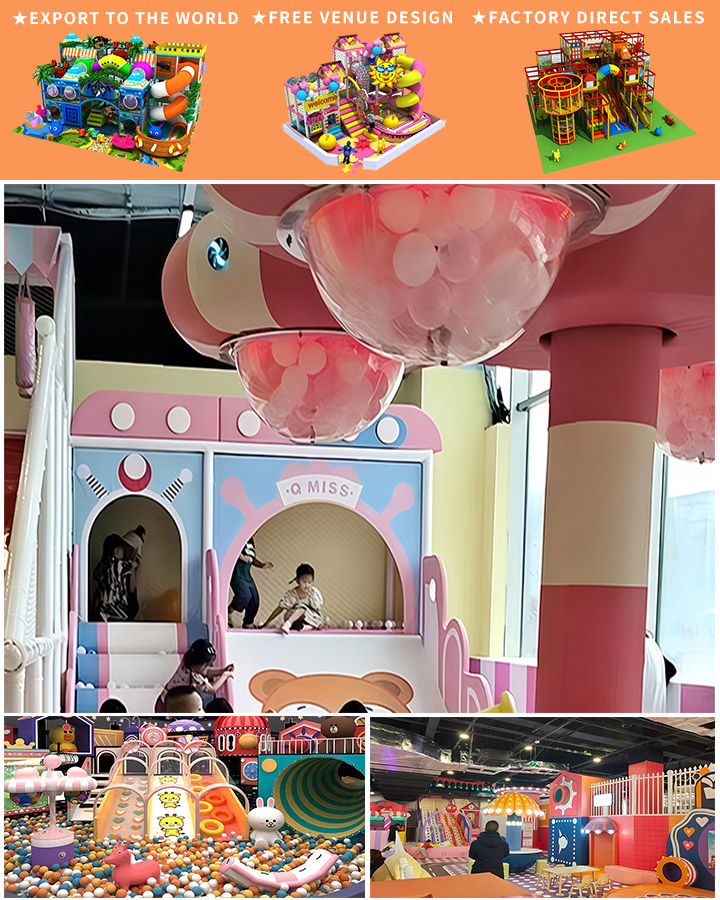In today’s world, where screen time often overtakes physical play, it’s crucial to create engaging and safe indoor playgrounds for children. A well-designed indoor maze can be a fantastic addition to any play area, offering kids the perfect blend of fun, exercise, and cognitive challenge. This article explores how to set up an effective indoor maze system that not only entertains but also fosters development in young minds.
The Importance of Indoor Play Areas
Indoor play areas are essential for children’s overall development. Physical activity is vital for their health, while imaginative play enhances cognitive and social skills. An indoor maze, in particular, can serve multiple purposes:
- Physical Development: Running through a maze helps improve children’s coordination and motor skills.
- Cognitive Skills: Navigating a maze involves problem-solving and spatial awareness, which are critical for brain development.
- Social Interaction: Indoor mazes encourage cooperative play and teamwork as children navigate through the challenges together.
Types of Indoor Playground Equipment Systems
When creating an indoor maze, the choice of equipment is paramount. Here are some popular systems used in indoor play areas:
Soft Play Equipment

Soft play equipment is ideal for younger children and provides a safe environment for them to explore. These systems often include soft, padded shapes and tunnels that can form the basis of a simple maze.
Climbing Structures
For older kids, climbing structures add a layer of excitement and challenge. Incorporating ladders, ropes, and cargo nets into the maze design can create a thrilling adventure that also strengthens their physical capabilities.
Interactive Obstacle Courses
Interactive obstacle courses engage both body and mind. Elements like balance beams, spinning discs, and puzzle-like obstacles can be integrated into the maze, offering a full-body workout along with mental stimulation.
Designing the Ideal Indoor Play Maze
Creating an effective maze requires thoughtful planning and consideration. Here are some tips to ensure your maze is both fun and safe:
Safety First
Always prioritize safety. Use non-toxic, soft materials for flooring and padding. Ensure there are no sharp edges or small parts that could pose a choking hazard. Regular maintenance checks are also important to keep the equipment in top condition.
Age-Appropriate Challenges
Tailor the maze difficulty to the age group using it. For toddlers, simpler pathways and larger tunnels work best. Older children might enjoy more complex routes with various obstacles and interactive elements.
Creative Themes
Incorporating themes can make the maze more engaging. Whether it’s a jungle adventure, space exploration, or underwater journey, a thematic maze can spark children’s imagination and keep them entertained for hours.
Flexible Layouts
Consider modular systems that allow for flexibility. This way, you can easily reconfigure the maze to keep it fresh and exciting, preventing boredom and encouraging repeat visits.
Conclusion
An indoor maze can transform any play area into an exciting, educational, and physically engaging environment for children. By carefully selecting appropriate equipment and designing a safe yet challenging course, you can provide kids with endless hours of fun and learning opportunities. So, get creative and start building your indoor playground today – your little ones will thank you for it!




